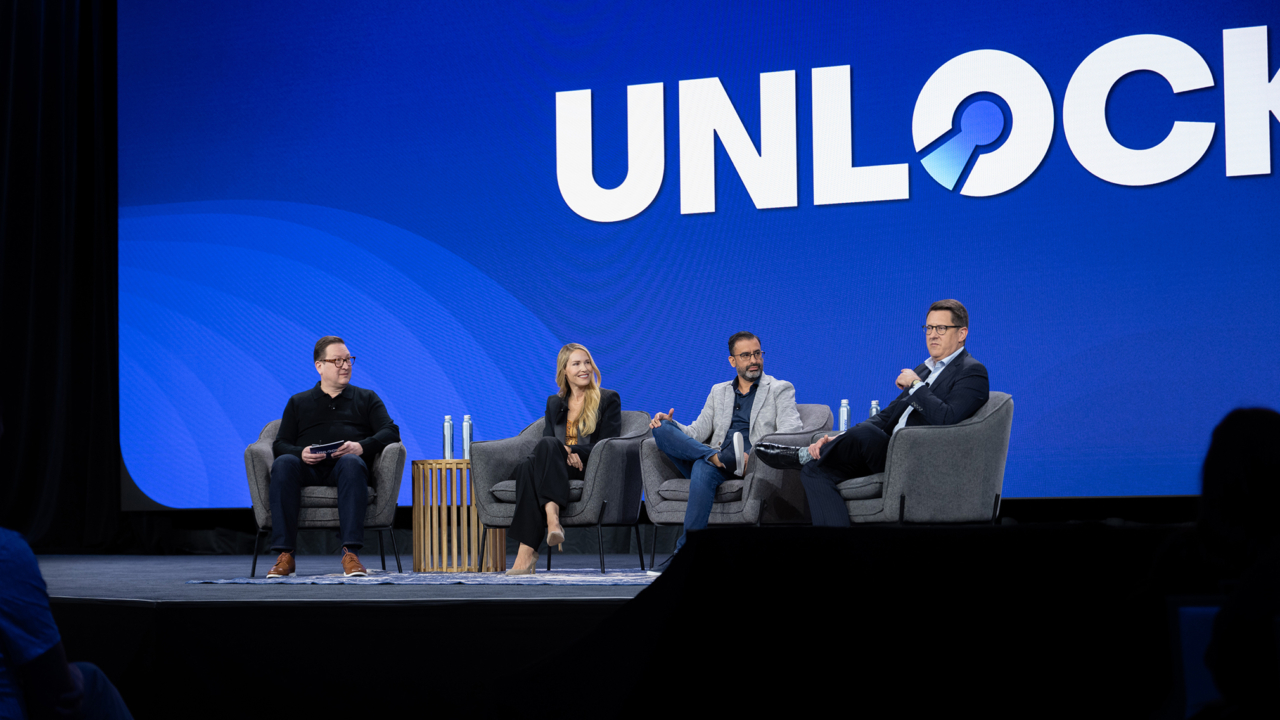5 min read
Fair, Transparent, and Accessible: What Real Estate Professionals Need to Know About Consumers’ Listing Preferences
There's a growing misalignment between what agents believe about private listing networks and what consumers actually want.

Written by Zillow on February 26, 2025
The real estate industry is experiencing a growing misalignment between what agents believe about private listing networks (PLNs) and what consumers actually want. While 64% of agents say PLNs benefit sellers, a significant 81% of consumers express a clear preference for their home to be listed publicly and for free on widely accessible platforms like Zillow, Realtor.com, or Redfin. Additionally, a majority of agents (56%) believe that PLNs increase home sale prices, yet research shows sellers left more than $1 billion on the table in 2023 and 2024 alone by selling their homes off the MLS. This gap highlights the need for greater transparency and education in listing strategies.
Zillow’s January 2025 survey of more than 2,000 U.S. consumers, conducted by The Harris Poll, reveals an overwhelming desire for fair, transparent, and free access to real estate listings.
With the increasing use of private listing networks (PLNs) or “private exclusives” by some brokerages, it's critical to understand the implications for consumers and the industry as a whole. Here’s what the data says and why it matters for you, your team, and your business.
Knowledge gap: Americans’ awareness of listing practices
While the term “multiple listing service” (MLS) is familiar to many Americans, only 32% of consumers aged 45-54 and 23% of those aged 18-34 can confidently say they know exactly what it means. Familiarity with private listing networks and dual agency is even lower across all age groups, signaling a knowledge gap that real estate professionals must address when helping their clients navigate the homebuying journey.
Notably, 68% of sellers who worked with a real estate agent said their agent never explained the differences between listing on the MLS versus a private listing network. This lack of clarity can leave sellers uninformed about the potential benefits and tradeoffs of their listing choices. Given the seller agent’s fiduciary responsibility to their clients, this is concerning.
Consumers aren’t the only ones experiencing a knowledge gap when it comes to the importance of listing access. A recent Zillow survey highlighted that agents are misinformed about the negative impacts of private listing networks. A similar share of agents believe off-market listings benefit buyers (61%), benefit sellers (64%) and benefit agents (64%)–despite data proving otherwise. Even more concerning, the majority of agents surveyed (56%) said that they believed PLNs increased the sales price of a home — though research shows sellers leave money on the table when they sell off the MLS.
The shift toward private listing networks
The survey found that 63% of recent home sellers (within the last five years) reported their agents recommended using a private listing network, compared to just 18% of those who sold more than five years ago. This shift raises important questions around the beneficiaries of private networks.
Complicating the issue is the disparity among different demographic groups. Hispanic and Black sellers are significantly more likely to have been recommended by a real estate agent to list on private networks (74% and 73%, respectively) than white sellers (24%). This trend warrants careful consideration, as limiting access to MLS listings could exacerbate inequalities in the housing market — whether intentionally or not.
Consumer preferences: Transparency and visibility matter
The survey highlights that 81% of Americans believe it is important for their home to be listed publicly and for free on platforms like Zillow, Redfin and Realtor.com. This sentiment underscores a core consumer expectation: visibility drives value.
Additionally, 86% of respondents agreed that viewing all for-sale home listings should be free for buyers. Furthermore, 81% believe that greater visibility increases the likelihood of a bidding war, potentially driving higher sale prices. These preferences reinforce the critical role that MLS platforms play in promoting open, equitable, competitive markets.
The economic case for MLS listings
New Zillow research shows sellers left more than $1 billion on the table in 2023 and 2024 by selling their homes off the MLS. In California, a typical off-market seller walked away from an extra $30,075; in New York state, it was $13,749 per home sold.
In Zillow’s survey, 44% of consumers initially preferring private networks changed their preference after learning off-MLS homes typically sold for less money. Younger sellers (ages 18-34) were particularly influenced, with 74% revising their preference.
For agents, these findings present a powerful opportunity and obligation to educate clients about the tangible financial benefits of listing on the MLS. Clear communication about how MLS exposure can impact sale price will build trust and align with clients' best interests.
What sellers want in an agent
When choosing an agent, sellers prioritize qualities that align with MLS benefits:
- 52% value an agent’s ability to get their home in front of the largest pool of buyers.
- 45% prioritize the promise of the highest sale price.
- Only 21% consider access to an exclusive buyer network as one of their top priorities.
These preferences suggest that the MLS’s broad reach and transparency are not just industry talking points—they are core to what clients expect from their agents.
Key takeaways for real estate professionals
- Emphasize visibility: With most consumers valuing public and free access to listings, agents should emphasize the benefits of MLS exposure in maximizing buyer interest and sale price.
- Educate your clients: The lack of awareness about PLNs and the meaningful benefits of the MLS highlights a major opportunity for agents to differentiate themselves by providing clear, unbiased information.
- Prioritize equity: The disparities in PLN recommendations among different demographic groups underline the importance of keeping fair housing principles top of mind and ensuring you're upholding equitable access for buyers.
- Leverage data: Share compelling research, such as the Zillow findings, to help clients make informed decisions about their listing strategy.
The real estate industry is built on trust, transparency, and delivering value to clients. As private listing networks become more common, it’s vital to align our practices with consumer preferences for open access and fairness. By prioritizing education, visibility, and equity, real estate professionals can meet these expectations and drive better outcomes for their clients—and the industry as a whole.
Survey methodology
This survey was conducted online within the United States by The Harris Poll on behalf of Zillow from January 2 to 6, 2025 among 2,087 U.S. adults ages 18 and older, 1,232 of whom previously sold a home. The sampling precision of Harris online polls is measured by using a Bayesian credible interval. For this study, the sample data is accurate to within +/- 2.5 percentage points using a 95% confidence level. This credible interval will be wider among subsets of the surveyed population of interest.
Tips for top-performing listings
Backed by new research, this guide reveals what today’s top listings do differently to capture buyer attention and outperform the rest.
Learn more